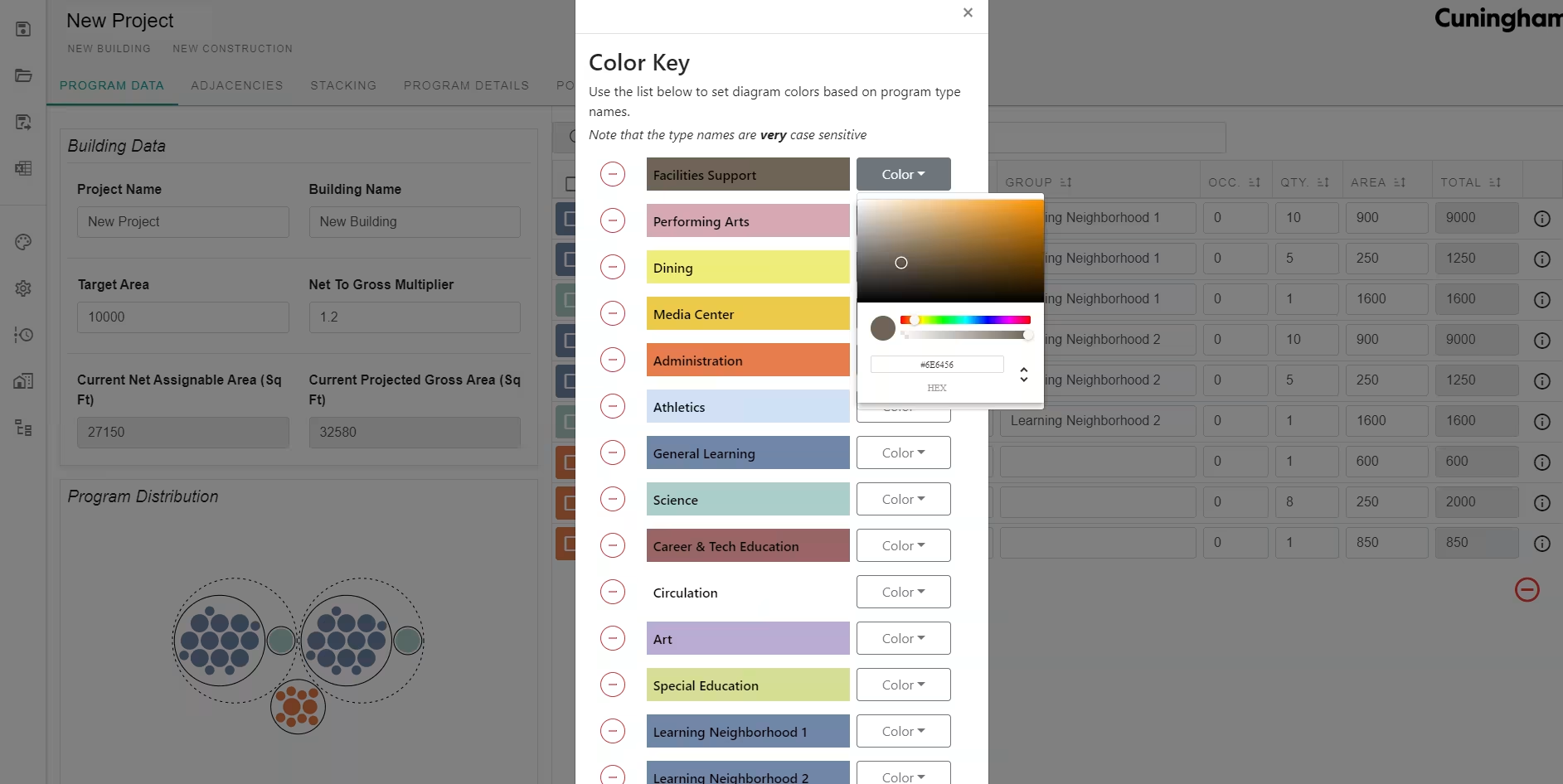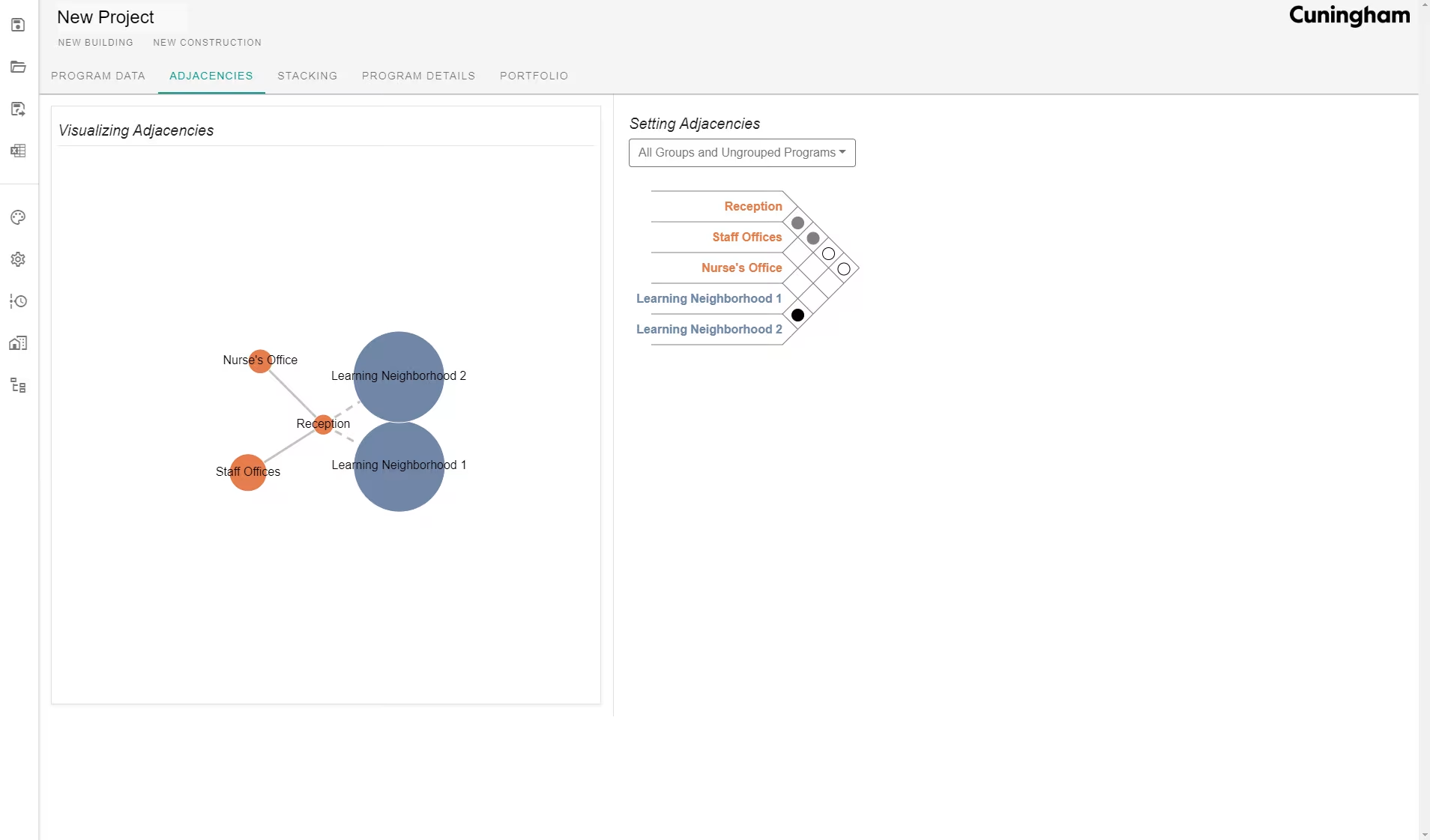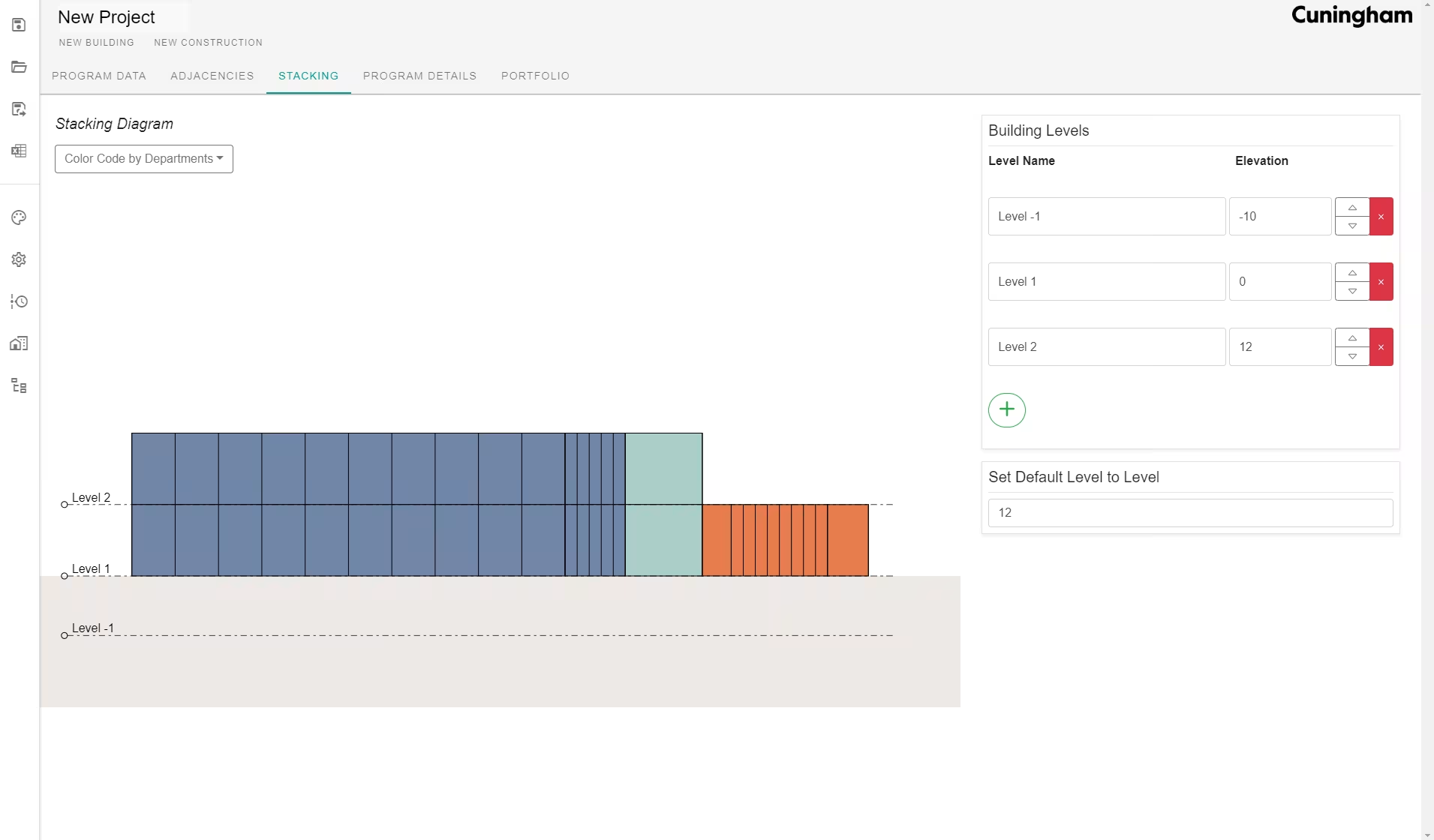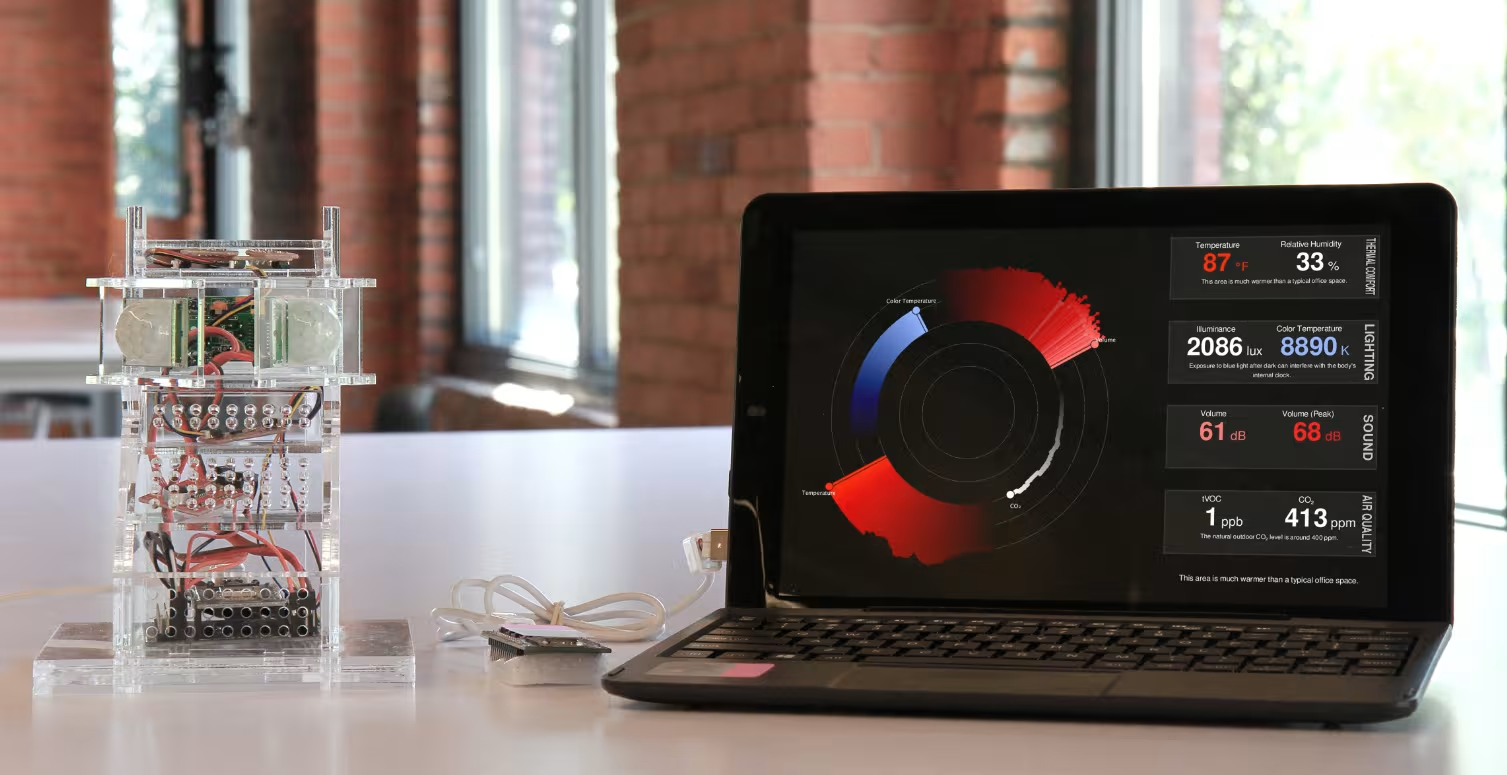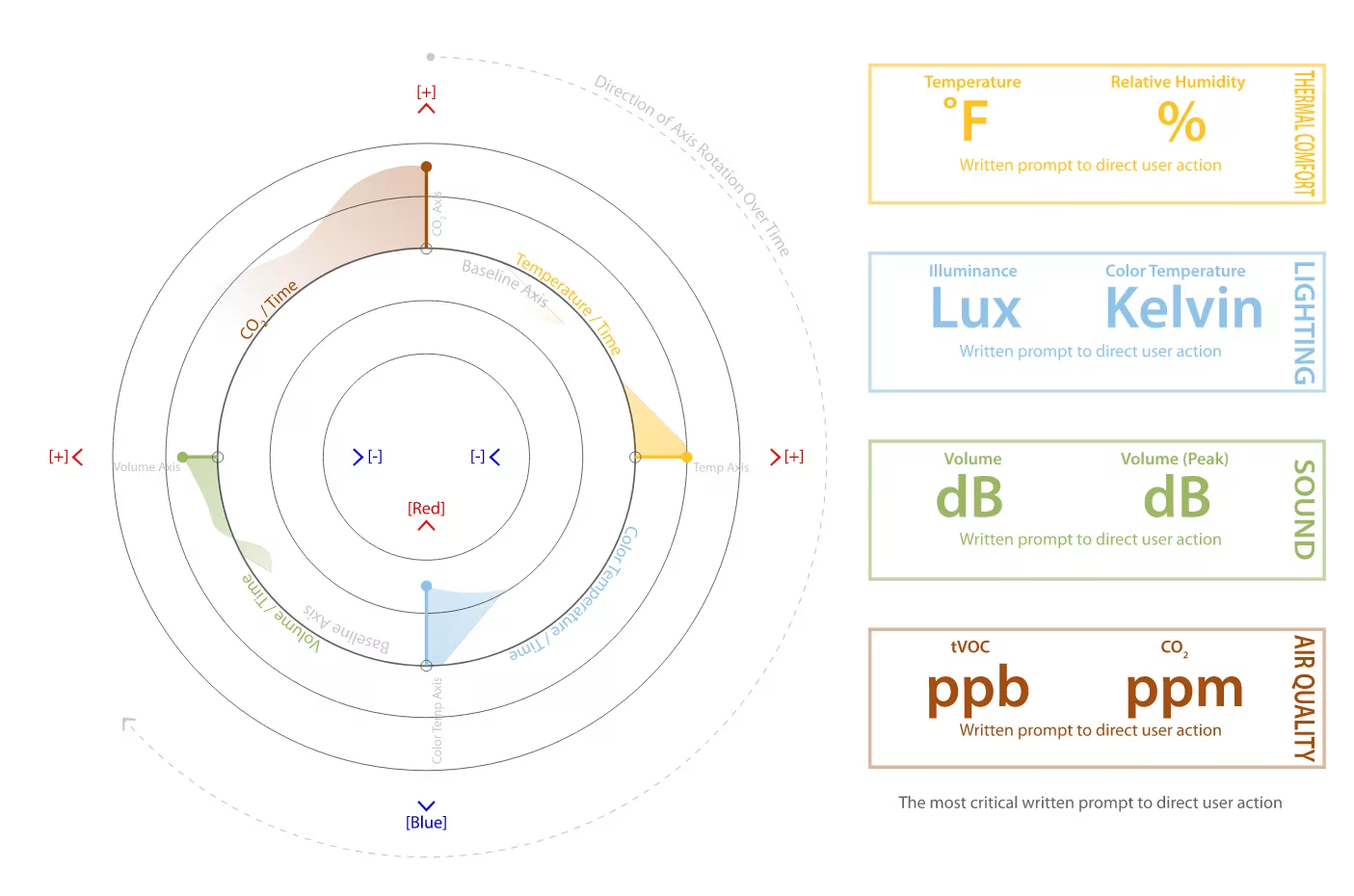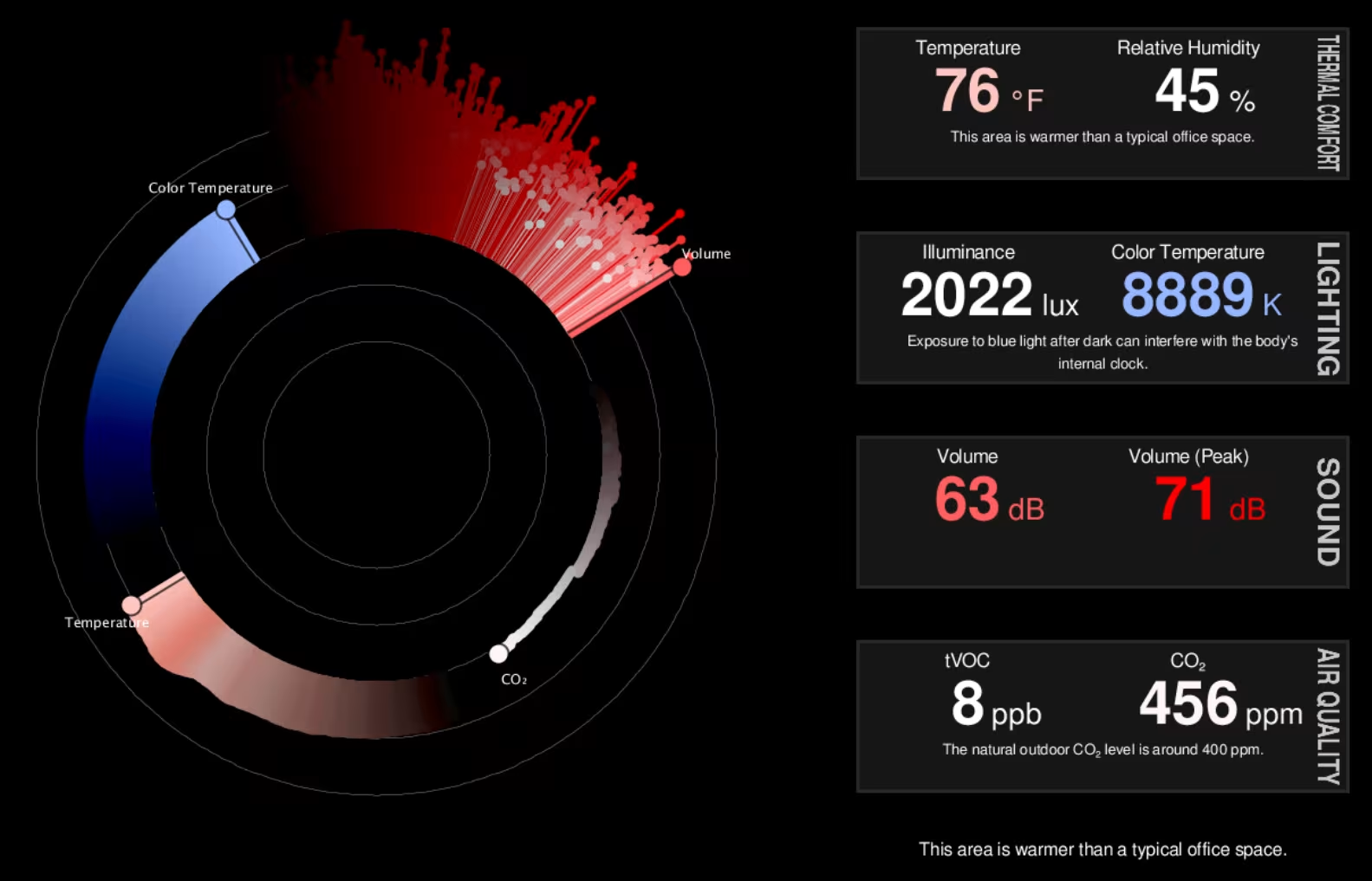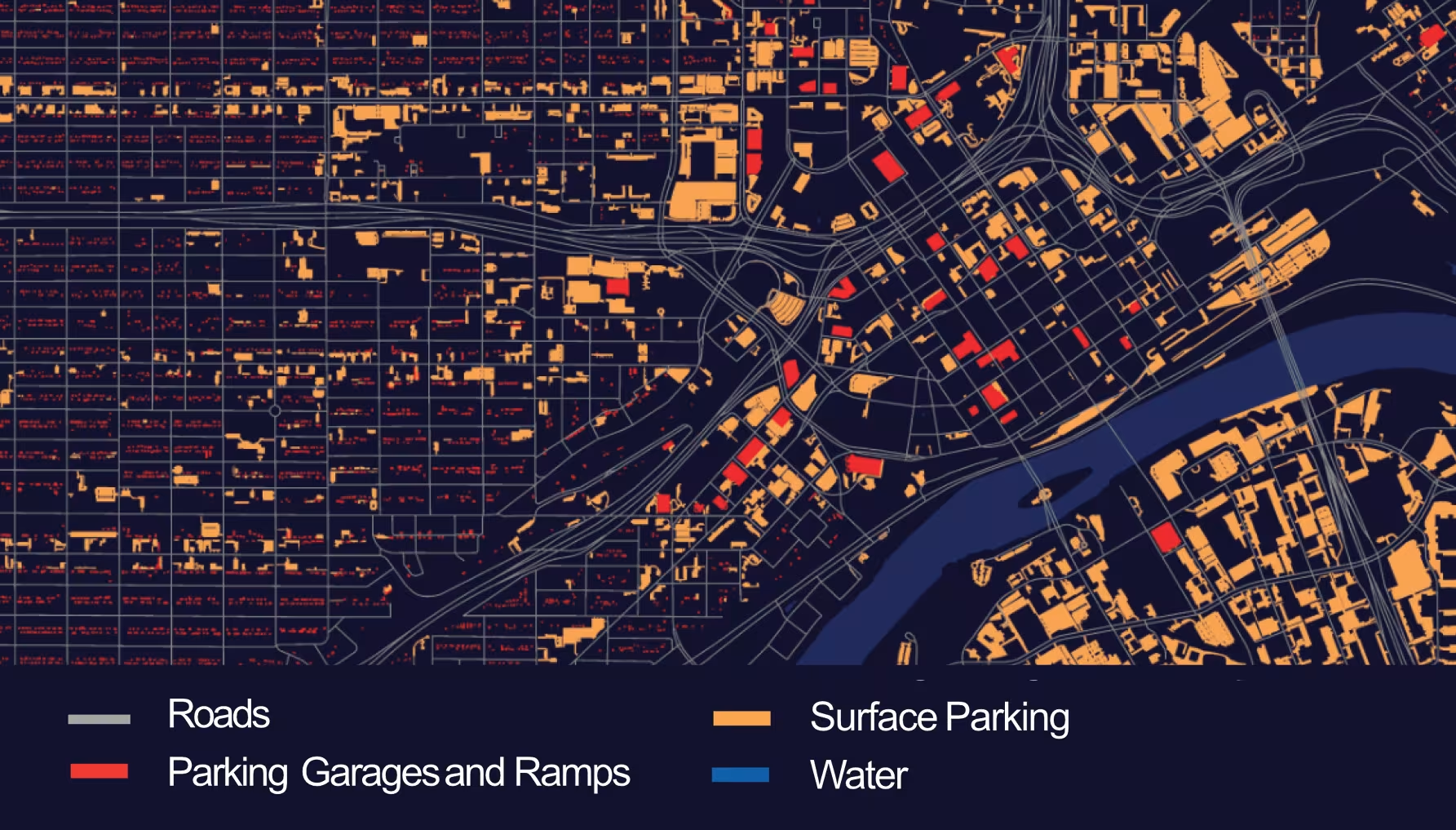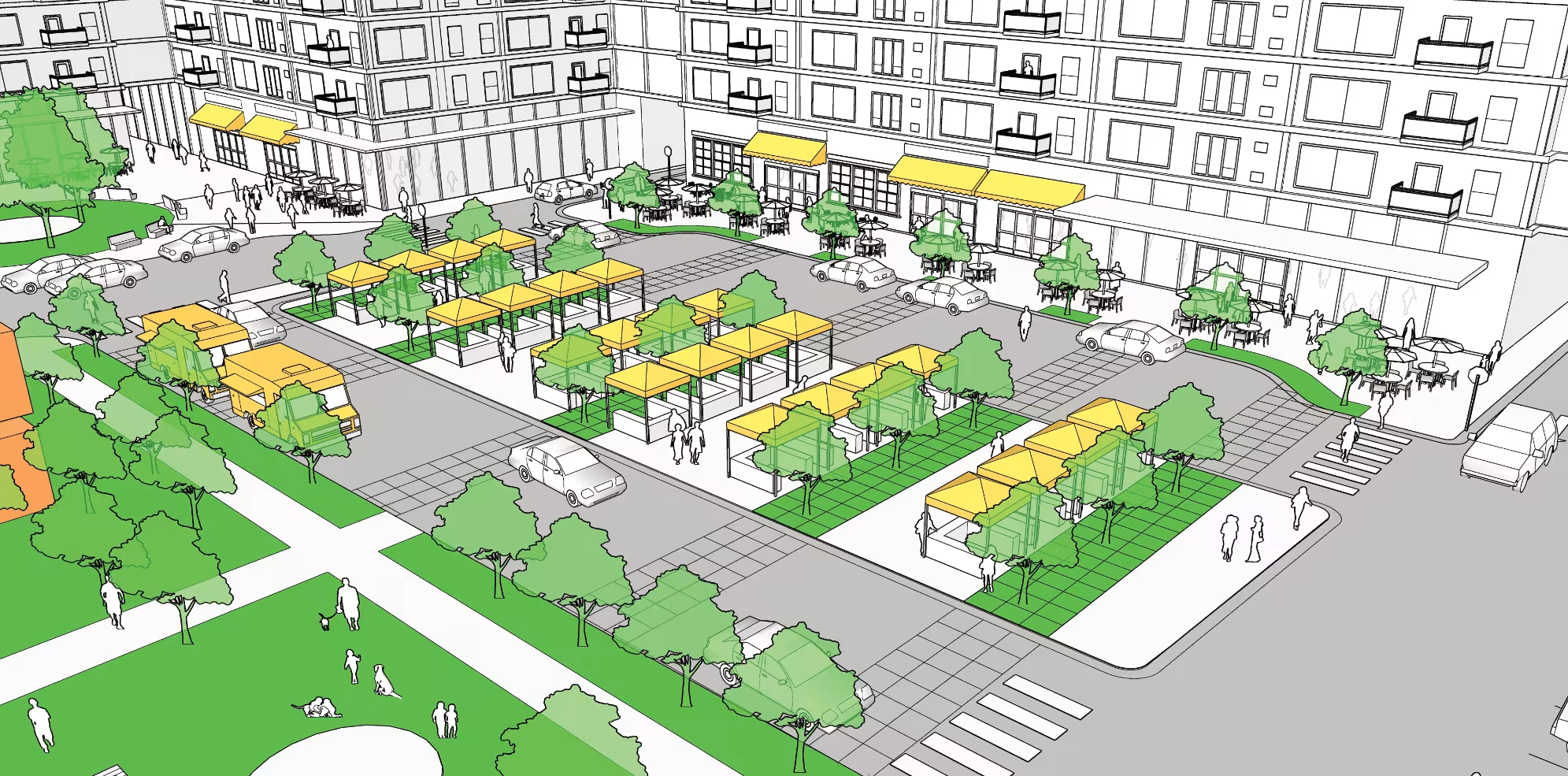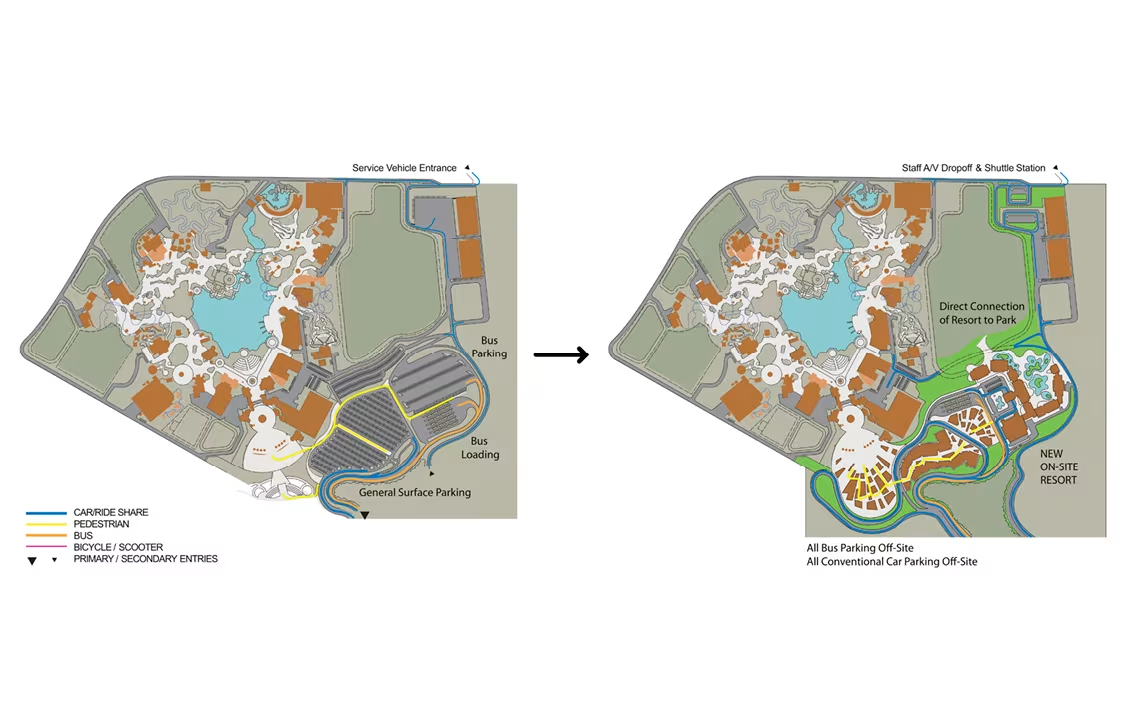Research in Practice: Emerging Technology
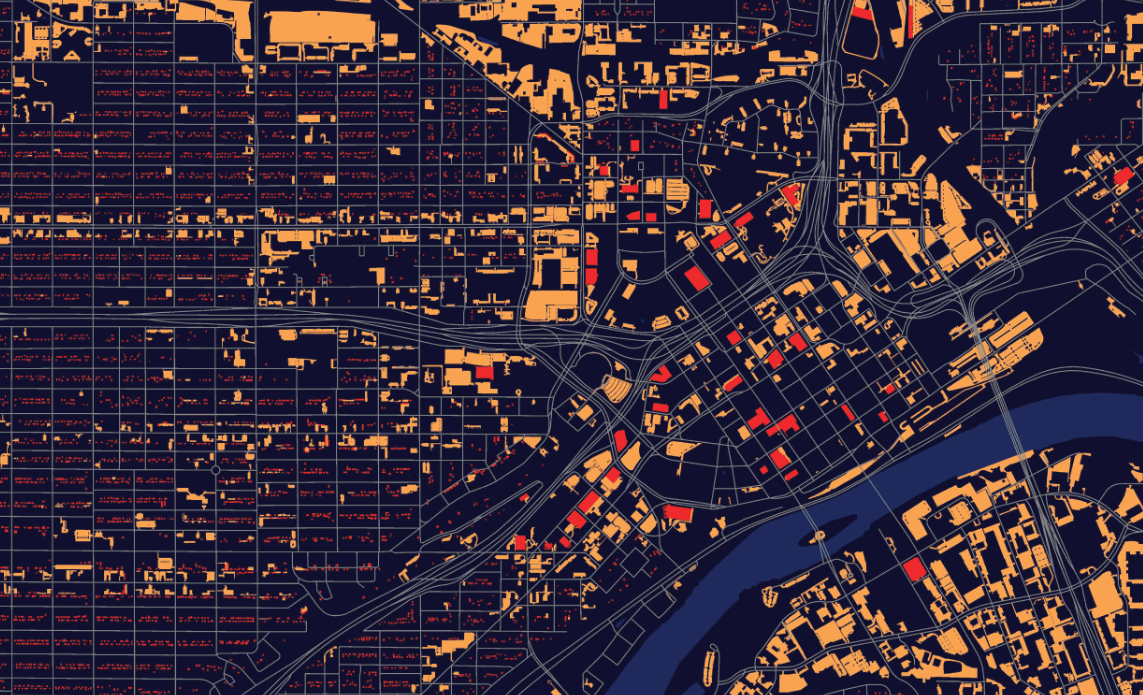
Cuningham invests a large amount of our R+D effort into understanding emerging technologies both for the design and analysis of the built environment. This can range from understanding our processes and building custom apps to support them, engaging in computational design efforts, and surveying products and solutions that enable clients to bring their facilities into the 21st century.
A recent example of Cuningham’s research into emerging technologies is a web-based toolkit that we developed to help our space planners and programmers manage complex project data in a structured yet dynamic environment. Through self-assessments of our planning processes, we found that many of our teams spent time and energy building and formatting Excel documents that were almost identical from project to project. Unfortunately, despite the similarities between these documents, they were all just different enough that it made the data challenging to import into other software through automated techniques. Cuningham’s new toolkit addresses both issues by removing unnecessary formatting decisions, while simultaneously creating a consistent and reliable data structure that can be transferred into our other design software and used to drive automation. It also has future potential for AI-enabled workflows. The toolkit simplifies practices such as mapping adjacencies and stacking programs which are challenging to accomplish using conventional tools.
Another example of Cuningham’s work related to emerging technology R+D is the Room Fitness Monitor. For this effort we experimented with off the shelf sensors and the production of a dashboard that can help occupants understand the quality of their physical environment. People who are occupying a space can receive both measurements of the space and prompts for how they could improve problematic environmental conditions. This creates a human-driven feedback loop where data improves the environment by encouraging action.
For a final example, Cuningham was interested in how a dramatic shift to Autonomous Vehicles (AVs) might affect the built environment. Once AVs reach a level of sophistication that they can drive without a human occupant, demand on physical parking infrastructure could be significantly reduced. With this reduced demand in mind, we studied the amount of land in Saint Paul, Minnesota dedicated to parking that may be regained for the construction of new buildings and upgrades to higher and better uses. We also studied strategies that are proven to be effective in the conversion of parking garages to occupiable programs and created hypothetical renders of how past Cuningham projects in several market sectors could convert their parking infrastructure to higher and better uses.
